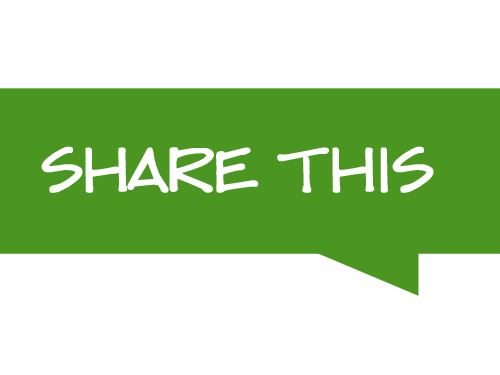.jpeg)
Most of you must be familiar with exchanges, where supply and demand are brought together on a single platform. Spot trading is a crucial trading method in financial markets, enabling investors and traders to access markets instantly and capitalize on short-term opportunities. Deciding between spot trading and futures trading depends on your trading objectives, risk appetite, and trading style. If you prefer immediate access to markets and more flexibility in trade sizes, spot trading may be suitable.
Market Volatility and Price Fluctuations
- This all means it is a popular first step for those who are new to short-term trading.
- New or inexperienced traders often ignore risk management and proper trading discipline, which is why 74 – 89% of traders lose money, according to the European Securities Markets Authority (ESMA).
- Assets commonly traded in the spot market are currencies, commodities, and interest rates.
- In any market, one of the most significant risks you’ll face is the possibility of loss – and this is certainly true of spot trading too.
This type of trade is popular because it lets traders negotiate on multiple items other than price. As an example, OTC markets are a great place to buy a large amount of cryptocurrency, without causing the volatility you would cause by buying on the open market. Spot trading is a simple concept in which traders buy crypto assets and wait for them how to buy memag to rise in value.
CFDs offer leverage, allowing traders to open positions much larger than their initial investment. Although this increases potential returns, it also magnifies the risk of losses. Spot trading, on the other hand, typically requires full payment for the asset upfront, which means no leverage is used unless the trade is conducted on margin, which is less common. The market includes a wide variety of participants, ranging from individual retail traders to large institutional investors like banks and hedge funds. These markets are highly liquid, especially in sectors like forex, where the daily trading volume exceeds $6.6 trillion, making it the largest and most active market globally.
When you trade derivatives, you can take advantage of spot markets that decline in price (known as going short, or short-selling), as well as those that increase (known as going long). This is because you are speculating on an asset’s price, rather than buying the underlying asset itself. Contrary to spot trading, futures allows you to short the market and use leverage on your trades. These tools can help you make money in the short term, while spot trading is generally more suited for long-term trading. Spot trading and buying are often used interchangeably, but buying whats behind the meteoric rise in obscure cryptocurrency cardano does not cover the charge of spot trading completely. Firstly, a trade is not complete until a sales transaction is made, and profits or losses are realized.
Generally, on the spot trading is best suited to occasions when you’re extremely confident in your prediction of where the cryptocurrency mining the ultimate guide to understanding bitcoin ethereum litecoin monero zcash mining technologies pdf market will go. As forex is the biggest, most liquid market in the world, its spot price can change several times in one second. With so many people trading spot forex prices, there are trillions made in profit and also lost every single day – which makes spot FX exciting, but also risky.
Spot Trading vs Futures Trading
Spot trading meaning refers to the immediate purchase or sale of a financial instrument at the current market price, known as the spot price, for delivery. Spot transactions typically settle within one or two business days (T+1 or T+2). Whether you’re new to investing or an experienced trader, understanding spot trading is essential for navigating the complex landscape of buying and selling assets. Many commodities have active spot markets, where physical spot commodities are bought and sold in real-time for cash. Foreign exchange also trades in the spot currency market where the underlying currencies are physically exchanged following the settlement date.
What’s the Difference Between a Spot Rate and a Forward Rate?
Importantly, traders in these complex financial instruments do not actually own the underlying asset. This means that – like forwards and options contracts – they get their price from the value of an underlying security such as a commodity or a currency pairing. It shows a relatively high spot price, but with futures prices up to $40 lower in future years. When someone references the spot market, it means the current price that can be transacted in for the current month’s (or period’s) delivery. Trading over the counter (or off-exchange) has certain advantages for investors.
.jpeg)
When you enter the action, you’ll choose from this range of asking or bidding prices. With us, you can trade the spot market, also called the cash or undated market, via derivatives such as CFDs. Plus, you can open a position using a deposit (margin), which increases your exposure to the market, potentially leading to magnified profits.
To get started, open an account with one of our top-rated spot trading brokers. The spot market is a type of market in which goods or services are traded immediately for cash. It is popularly used for goods and services that are perishable or that have a short shelf life. Both exchange and settlement take place some time in the future, unlike spot contracts where settlement takes place on the spot or within 48 business hours.

